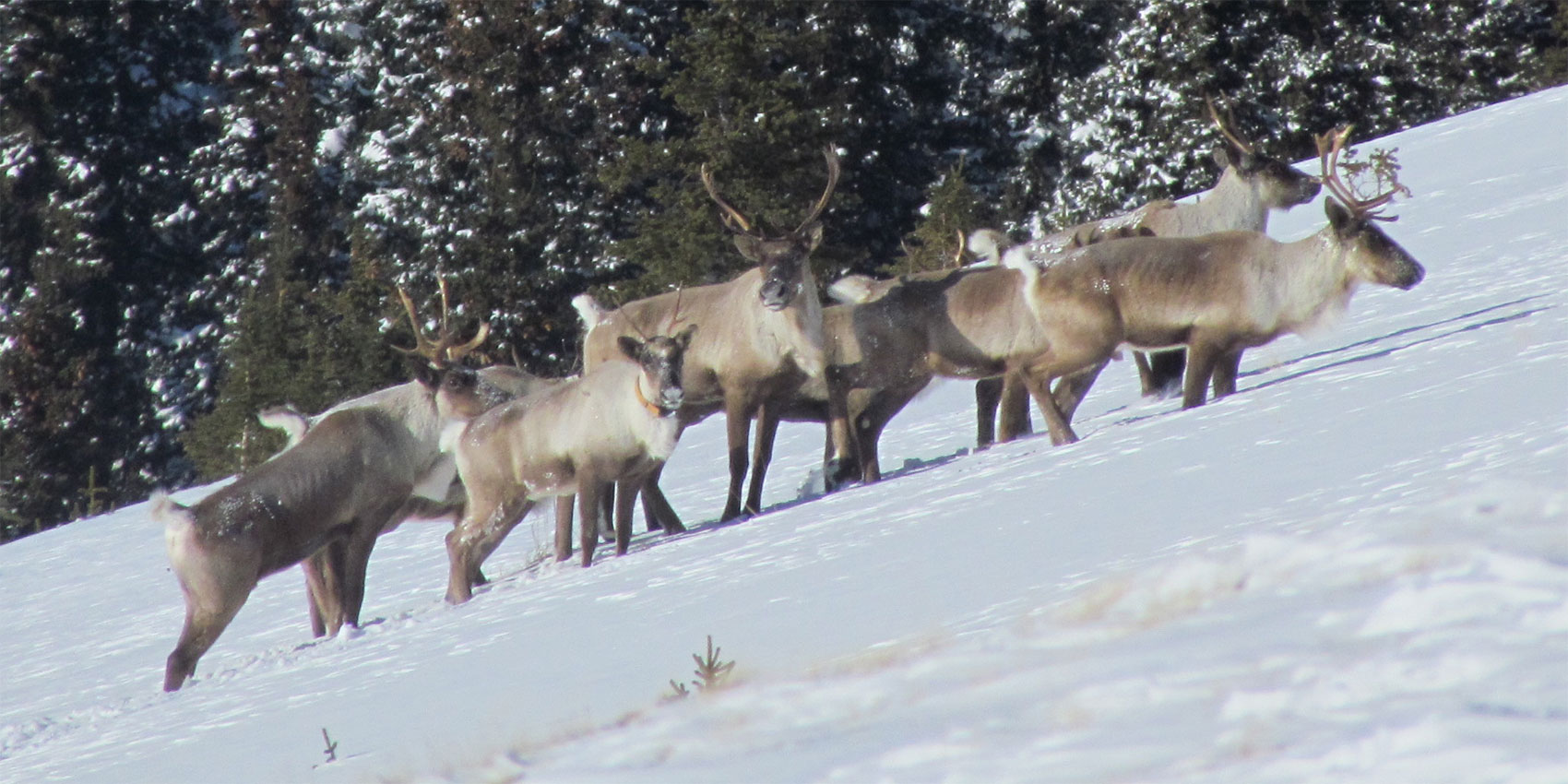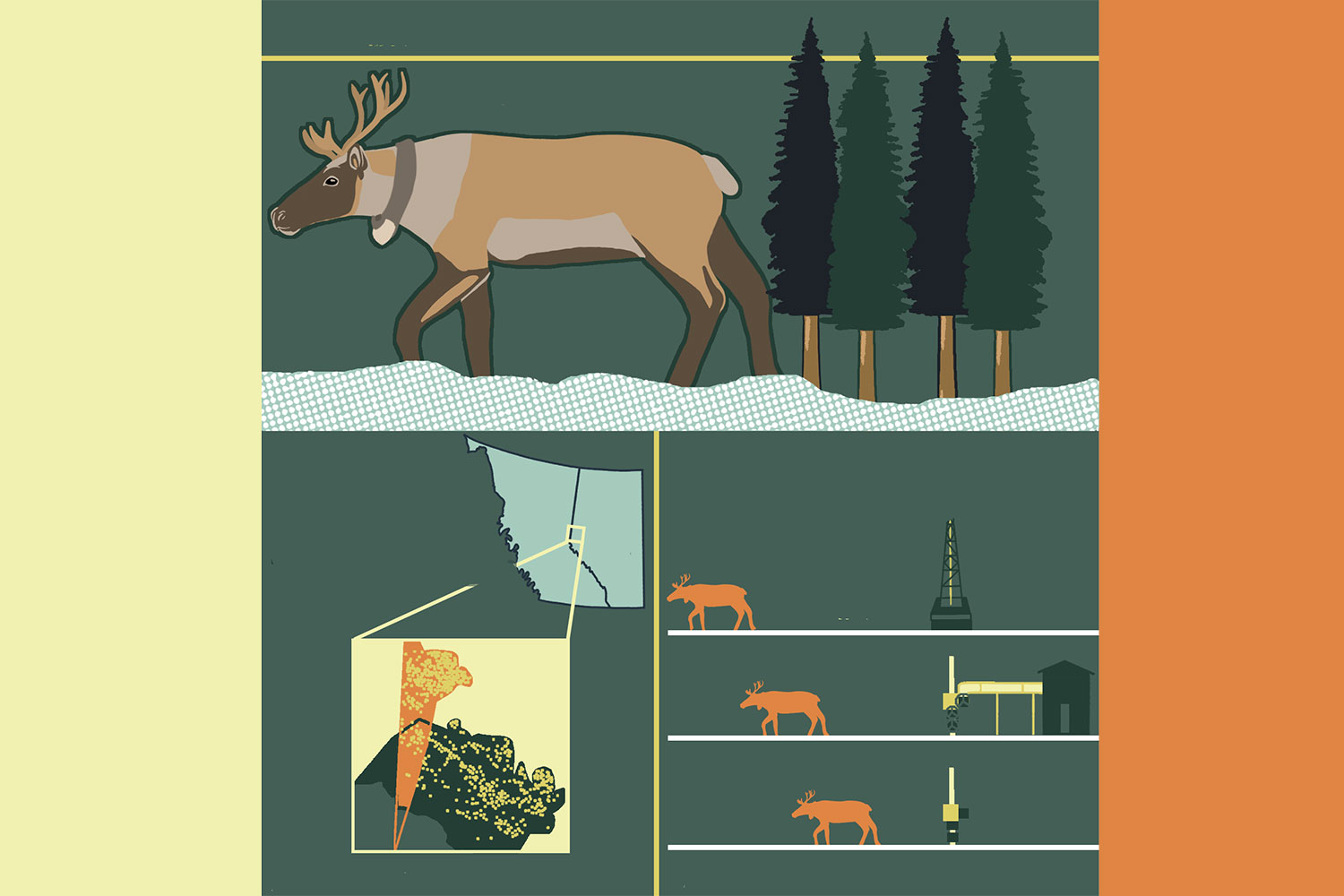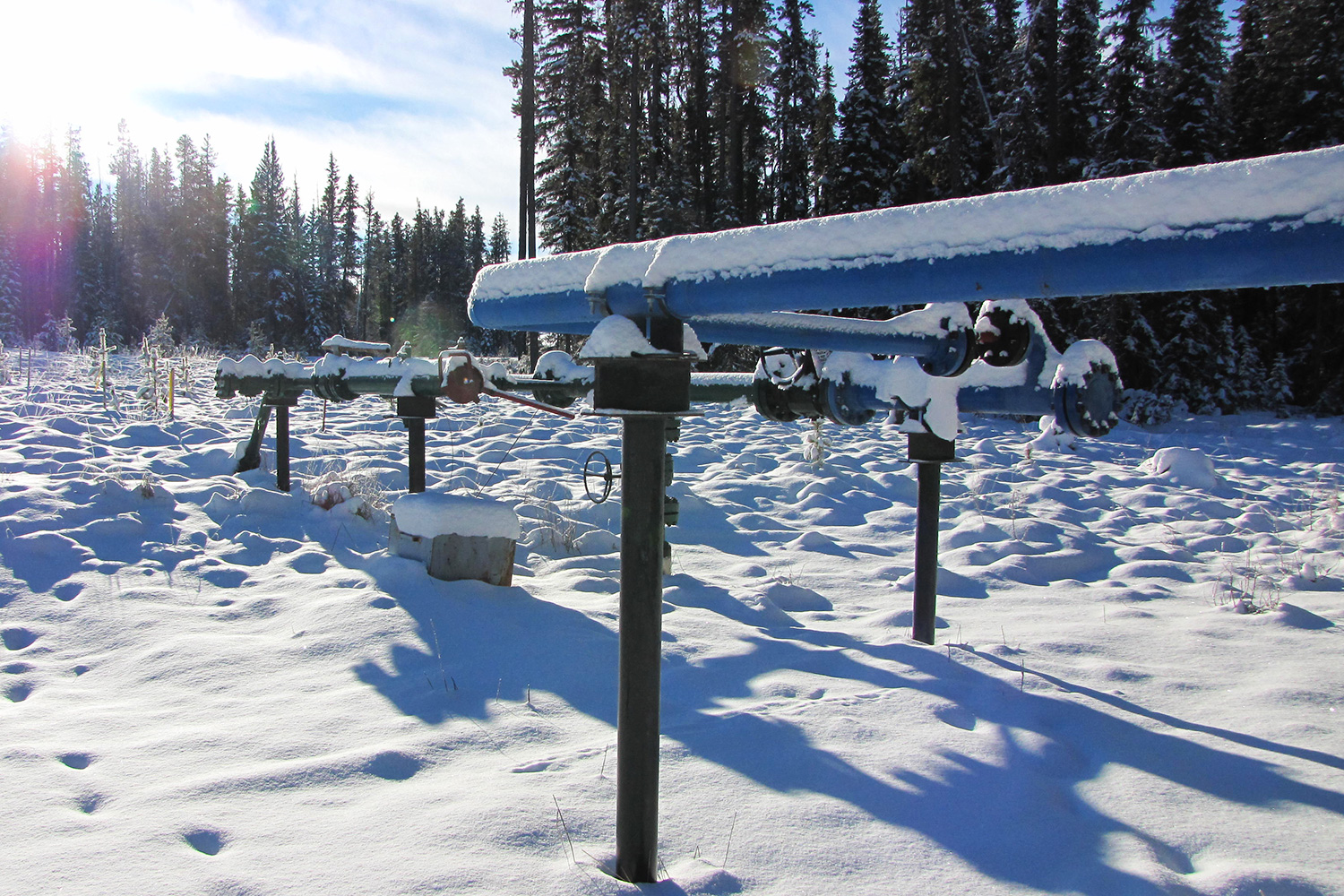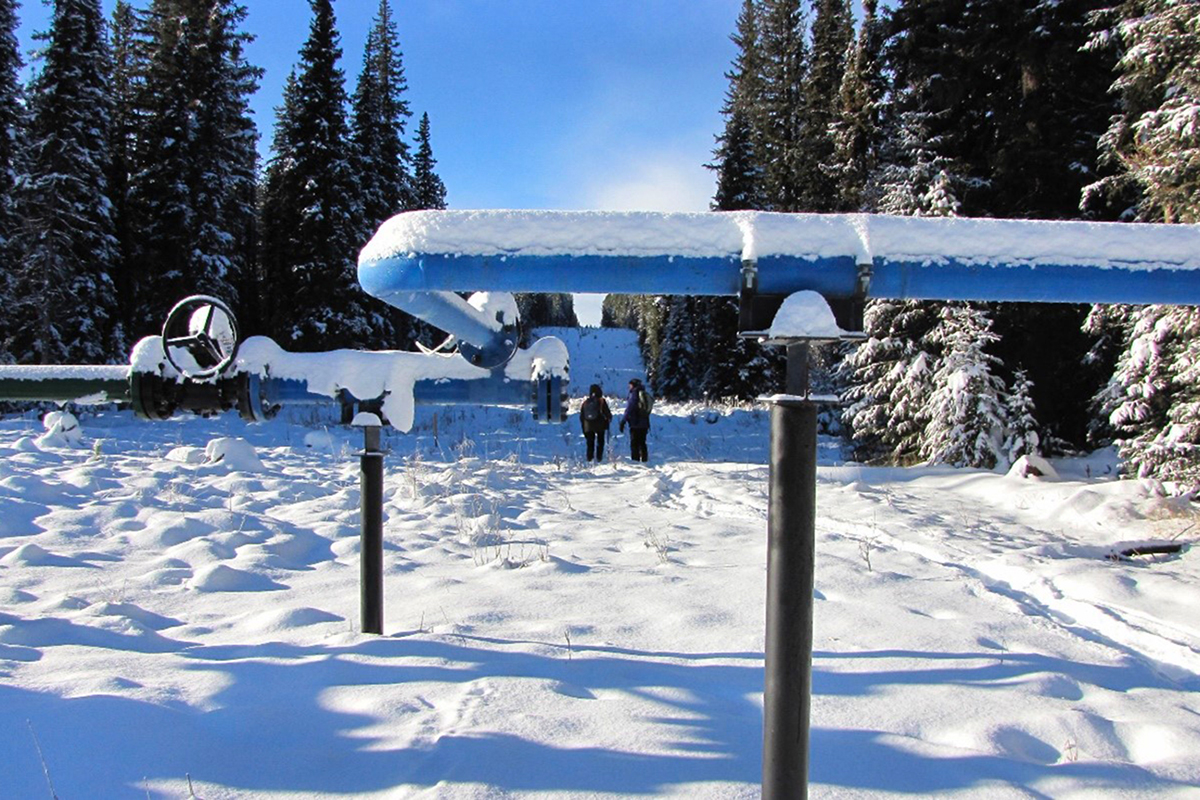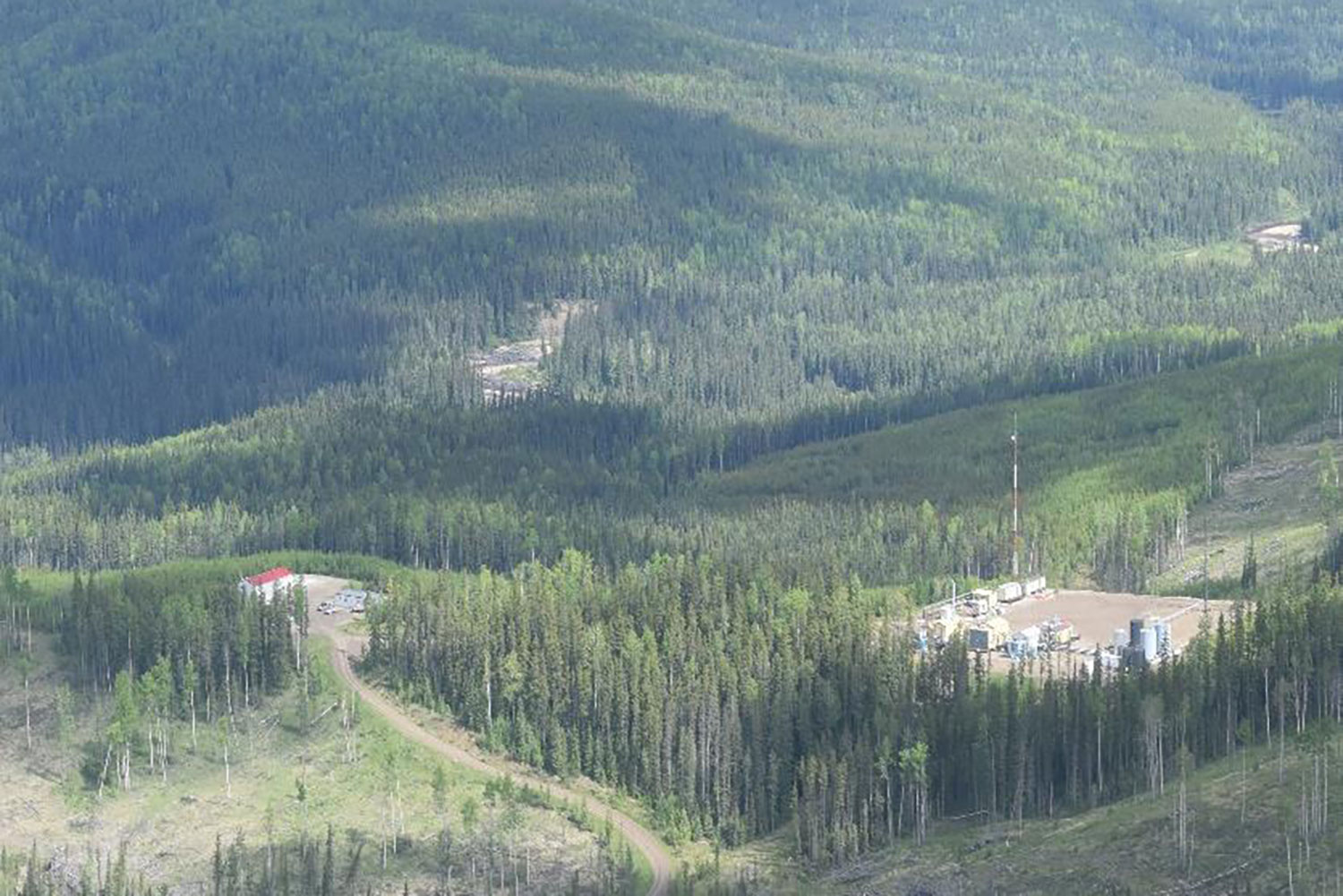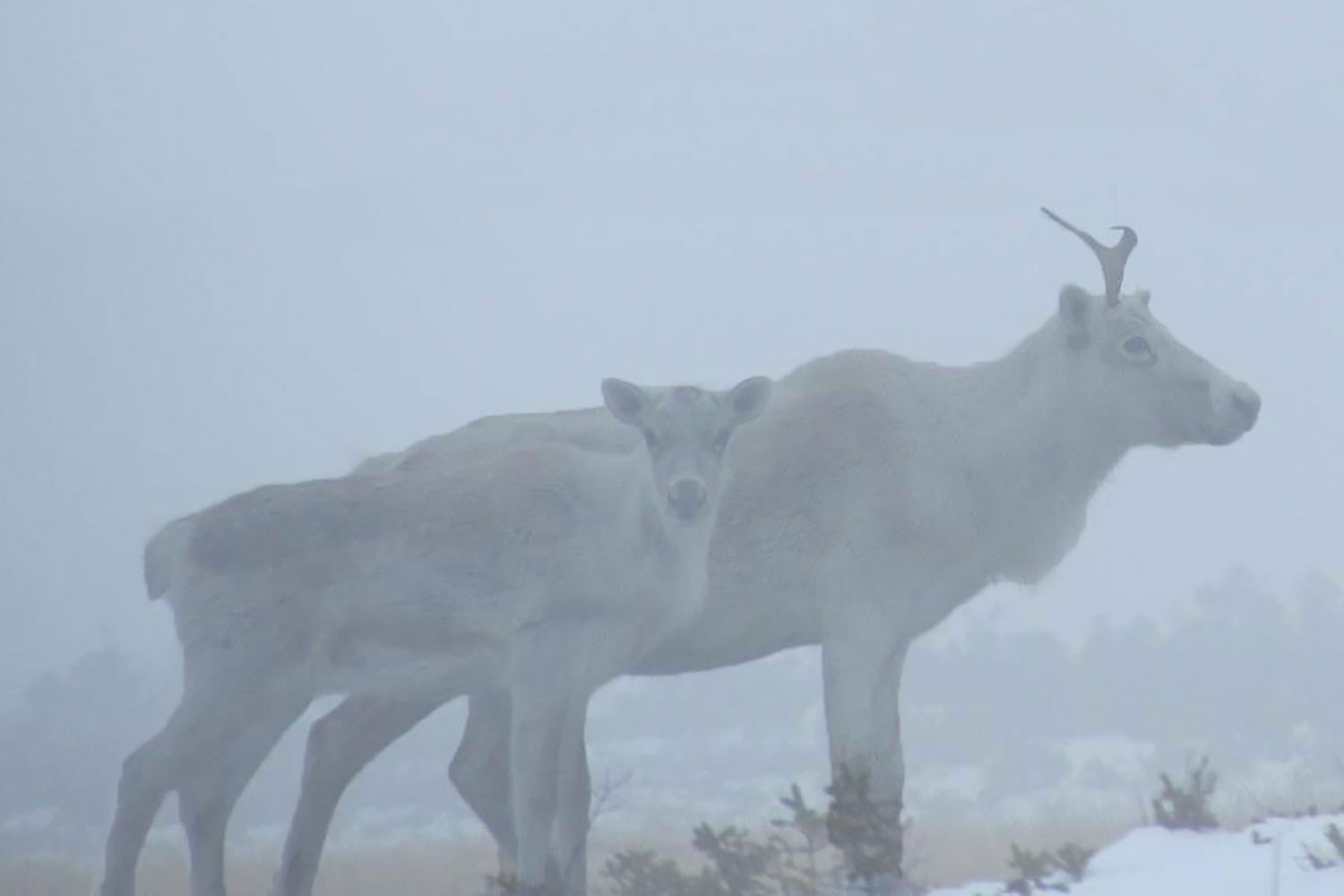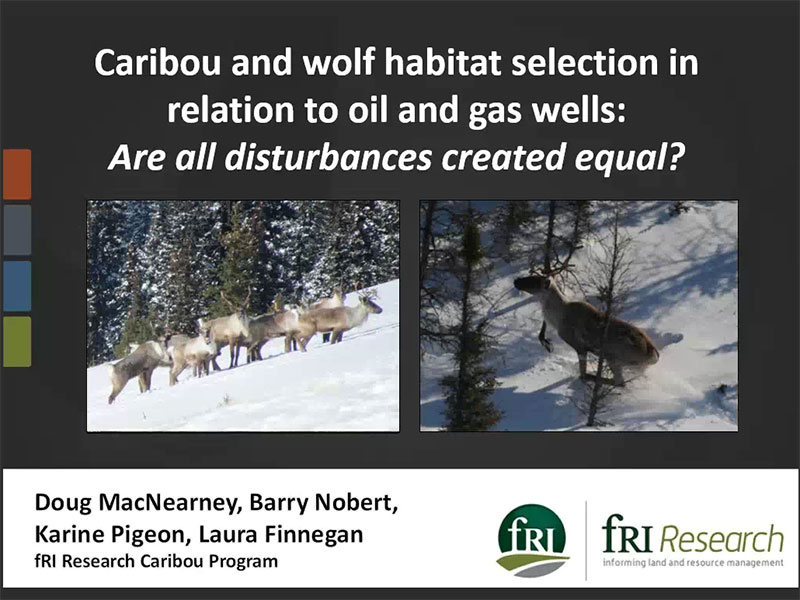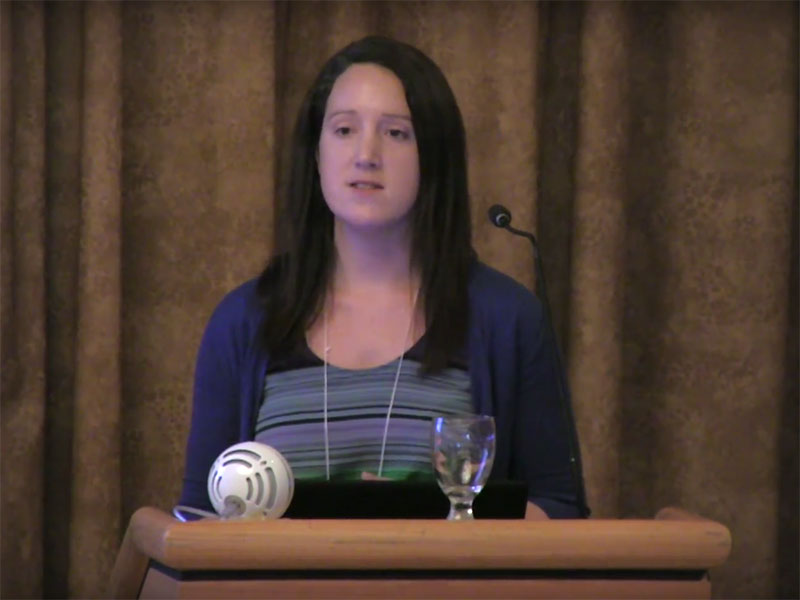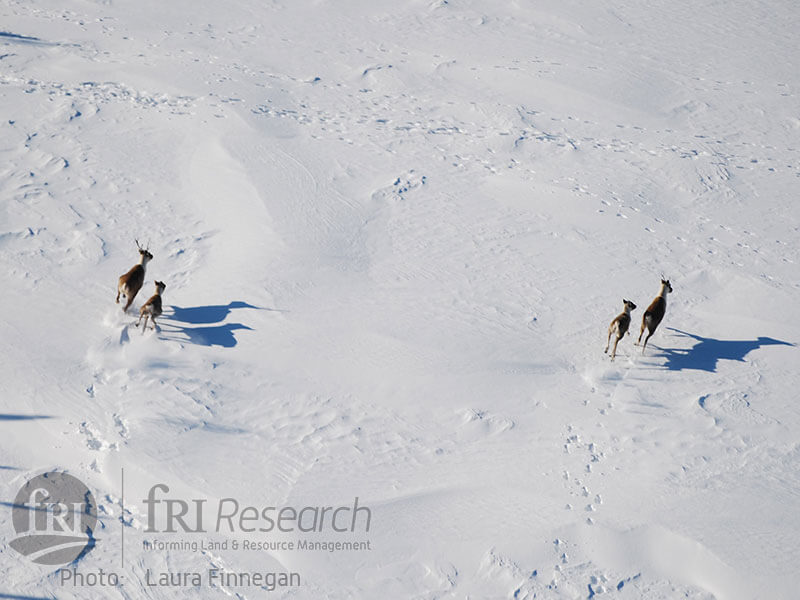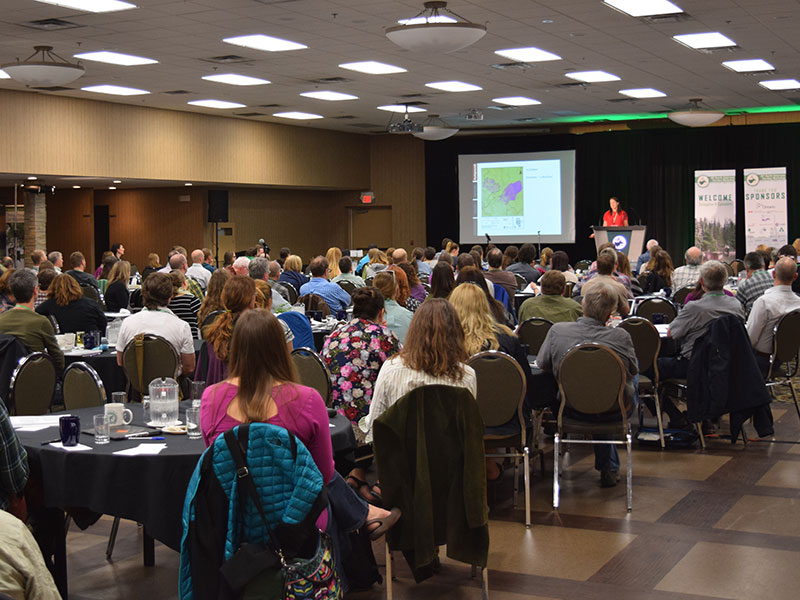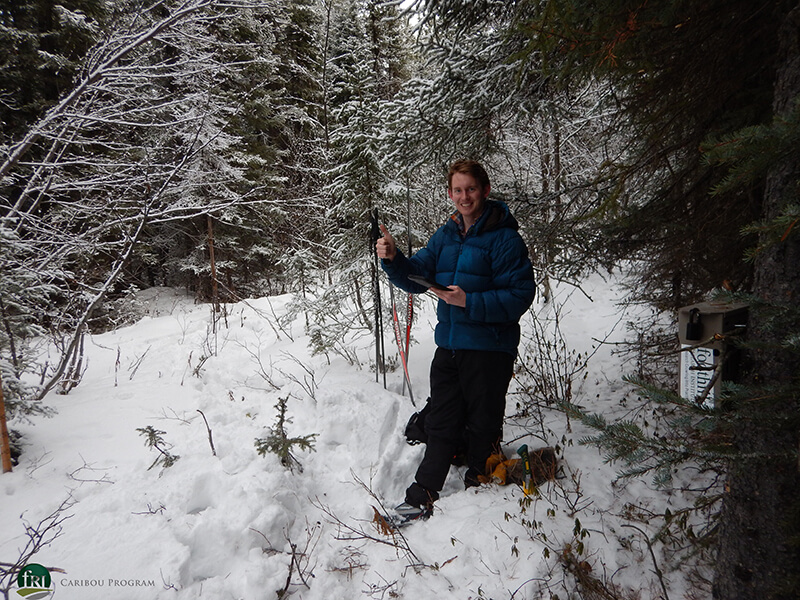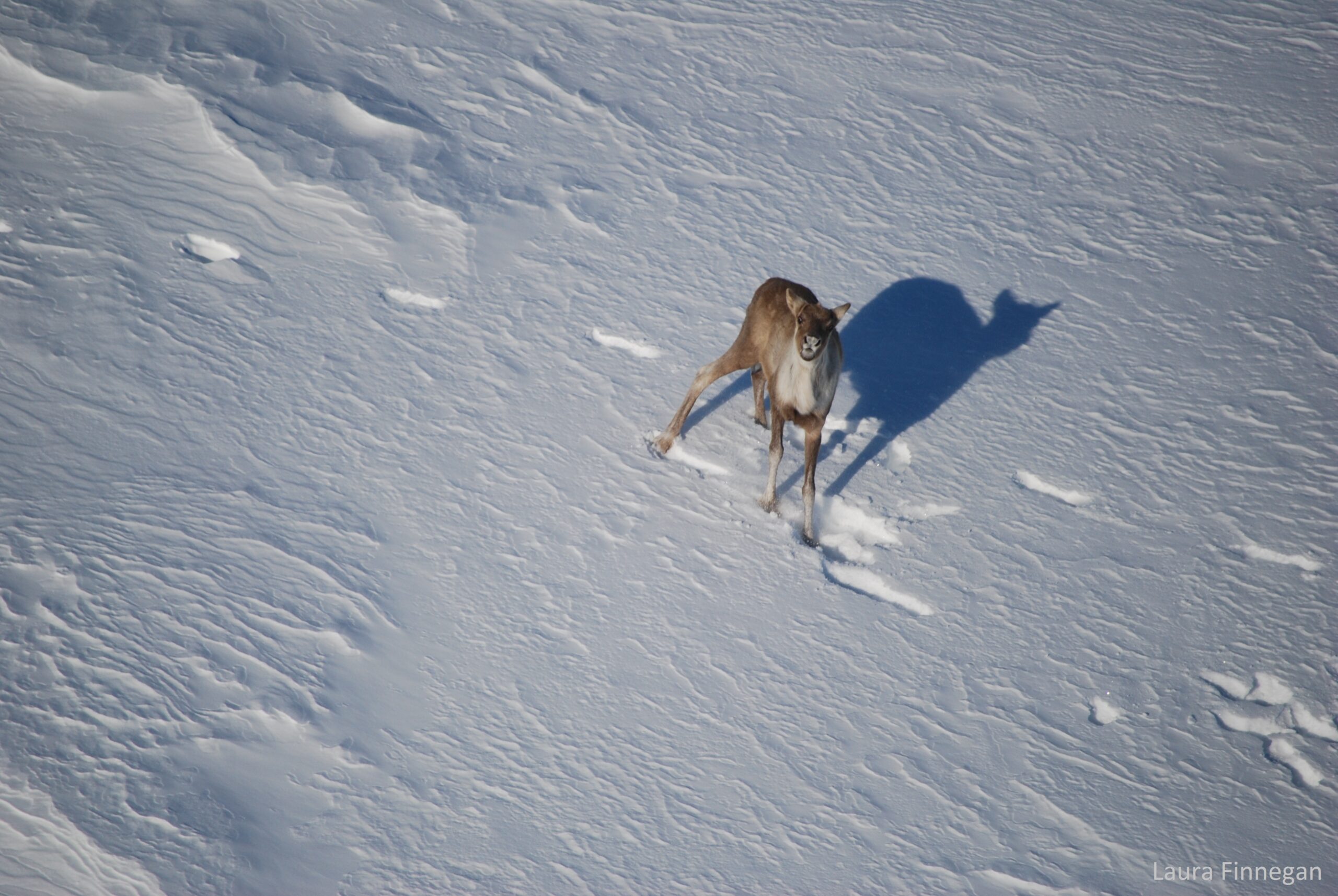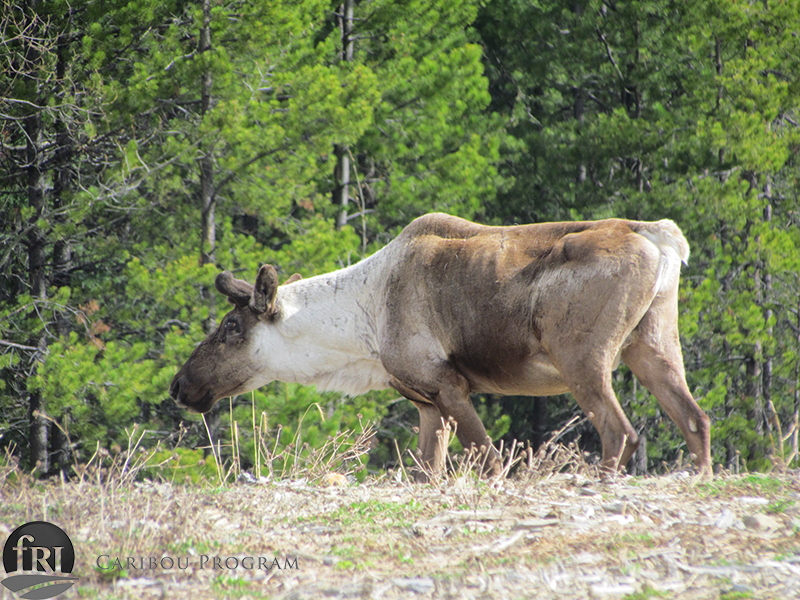
Caribou behaviour and calving success in relation to oil and gas development: are all disturbances created equal?
Do caribou avoid well sites? Does activity at well sites affect caribou survival?
This project will study how well site activity and re-vegetation influence caribou behaviour and survival. Understanding caribou response to development and restoration will improve caribou recovery planning.
Project Scope
Boreal caribou populations are in decline throughout Alberta, due in part to the direct and indirect effects of oil and gas development within caribou range. Under the federal recovery strategy, a minimum of 65% undisturbed habitat within each caribou herd range is required to stabilize populations. None of Alberta’s caribou herd ranges meet the 65% undisturbed habitat target and managers are under pressure to implement habitat restoration. Currently, disturbed habitat is defined by the footprint of disturbance features (e.g. well sites, pipelines, roads, and seismic lines) buffered by 500m, irrespective of the activity status (active/abandoned) or regeneration stage of the disturbance.
To maximize the efficiency and cost-effectiveness of restoration actions, it is imperative to understand how well site activity and regeneration stage influence the behaviour of caribou, and the survival of adult caribou and neonates. Restoration efforts will be most effective if directed towards actions that yield quantifiable improvements in caribou habitat quality, survival, and reproductive success. This project complements current research carried out by the foothills Research Institute Caribou Program (fRICP) within southern mountain caribou herds. The fRICP is currently investigating caribou calving habitat selection, calf and adult survival, and response to disturbance for southern mountain caribou herds. The extension of this research to include boreal caribou herds using established methods will provide valuable insight into recovery and mitigation actions in Alberta and throughout the boreal forest.
Project Objectives
In keeping with federal and provincial legislation mandating caribou recovery in Alberta, the purpose of this project is to provide guidelines and support to land managers by meeting the following objectives over one year of research:
Determine how different types of activity at well sites influence the behaviour of caribou, and assess how changes in caribou behaviour vary seasonally and across different regions (west-central Alberta vs. north-western Alberta).
Extend ongoing analyses of caribou habitat selection during calving and analyses of calf survival in relation to the proximity and density of oil and gas developments and other disturbances to include boreal caribou herds (Little Smoky and Chinchaga) in west-central and north-western Alberta.
Evaluate whether currently accepted 500m buffers on well sites and pipelines accurately reflect caribou functional habitat when considering information on well site activity and re-vegetation stage of pipelines.
Synthesize the previously listed information to provide guidelines for restoration and mitigation of disturbance features within caribou range to contribute towards caribou recovery in west-central and north-western Alberta.
Ultimately these results will provide insight into effective caribou recovery planning and actions for caribou in Alberta and across the Canadian boreal forest.
The team coordinates with partners and starts collecting data
Preliminary results delivered to partners.
Data analysed and report written.
The analysis was updated with year 2 data and written up.
Presentation for the Canadian Society of Ecology and Evolution in Victoria, BC
Field work collected from June through August.
Papers and final report in in production.
Final report delivered to partners.
